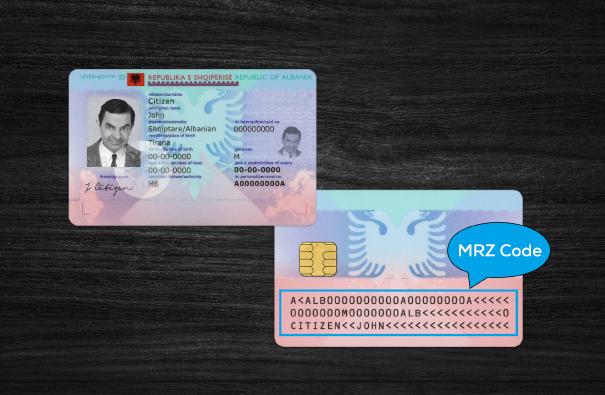
Generating a car code or MRZ code for ID cards and passports is crucial. Without it, all the time and resources invested can be in vain. For those who have recently engaged with foreign exchange platforms, particularly Binance, you’ve likely encountered the requirement to verify your account and submit photos of your ID card or passport for identification.
A crucial aspect in these open layer files, particularly in ID cards, is the three-line code, known as the MRZ code, which must be accurately inserted. Websites and exchanges use these codes to cross-verify the provided information, underscoring the importance of precision in entering and validating this three-line code.
Understanding the MRZ Code and the Importance of Accurate Entry
Lately, foreign exchange platforms like Binance have requested their users to submit their credentials, often employing open-source files from different countries due to sanctions. These exchanges focus their inquiries primarily on the passport and ID card’s details and typically only scan the information provided along with the individual’s photo.
Automated systems on these exchange platforms initially scan the photo present on the ID card or passport. Consequently, you can establish an account on your chosen exchange only once using your photo and documents from a specific country. Attempting to reuse your photo with another ID card to create an account on the same exchange will likely result in a 99% probability message stating, “This person has already opened an account on this exchange.”
In the second stage, the exchange site’s robots verify the information (like your name, surname, date of birth, and identification code) on the ID card or passport. This verification process relies on scanning the MRZ code, which is located on the front page of passports and the back of ID cards. This three-line code contains all your essential details, making it the sole source for confirming your identification.
From which site can we query the mrz code we generated?
Before diving into how to generate MRZ codes (which we’ll cover in the following sections, so take your time), there are two critical attributes these codes must possess:
Firstly, when creating the MRZ code for the ID card or passport, it’s essential to note that this code follows a specific structure and incorporates details like your name, date of birth, and more. The initial step in generating the MRZ code necessitates absolute consistency with the information found on the ID card or passport.
Secondly, the generated code must be both legible and marked as “Valid” in green (as opposed to “Invalid” in red). Exchange site robots must be able to fully read this code, relying on it to authenticate the ID card information. If the MRZ code on the ID card is incorrect, uploading the file to the exchange site will likely trigger a 100% warning stating, “your ID card lacks the required readability.” Subsequently, your submission may be rejected, and there may be limited opportunities for resubmission, as the system may perceive the card as counterfeit and invalid.
How to generate ID CARD MRZ three-line back code (MRZ code)
As of now, there isn’t a dedicated site available for generating an ID card’s MRZ code that guarantees a green checkmark. You have two options:
Manual Generation: You can manually create the MRZ code for your country’s ID card. This involves studying sample IDs from both domestic and international sources to understand their structure and arrangement. Through trial and error, you can work towards producing the correct code for your card. This method demands time and a certain level of skill, and success is not guaranteed.